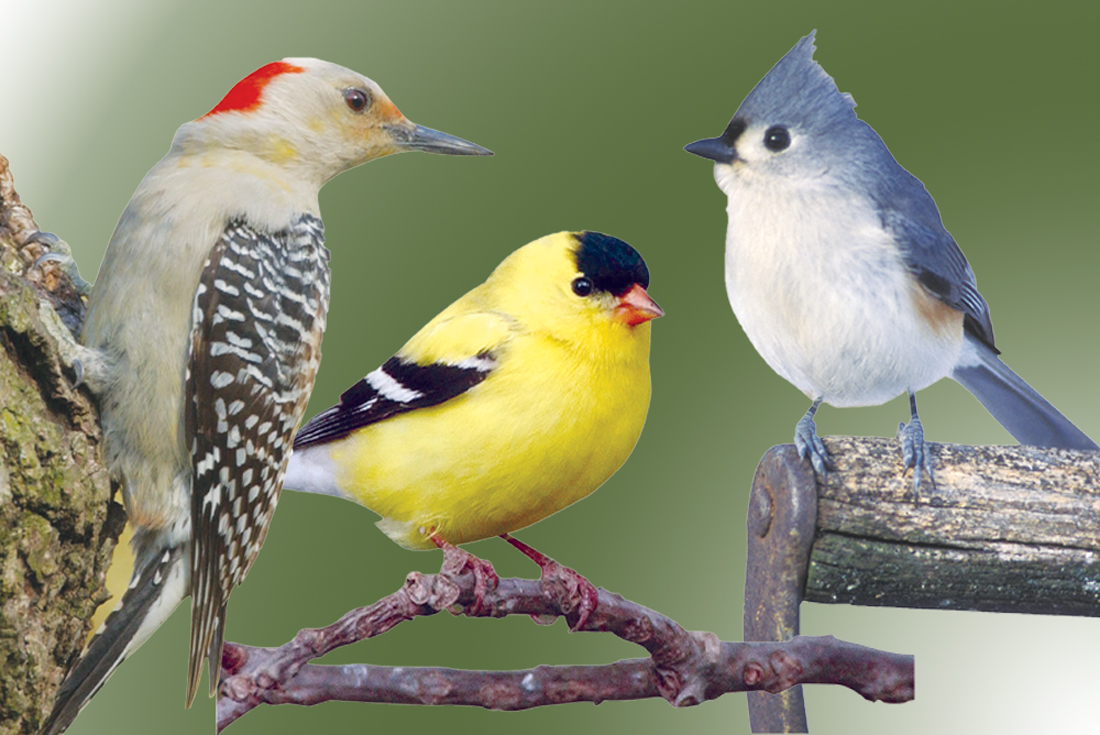Tips on identification BIRD watching

By Nancy D. BRUNDAGE
Ohio Certified Volunteer Naturalist
When looking out into your yard or driving down a road, do you ever wonder, “What is that bird”?
Just about everywhere you can be, there are birds to see.
Watching birds can be an enjoyable activity no matter your age or physical activity.
With just a few tips, you can begin to recognize many species of birds in your back yard and on your daily adventures throughout the year.
To start your identification of the bird, note the following traits:
BODY SIZE AND SHAPE
Most everyone knows the size of a sparrow, robin, crow or goose. Comparing the size of the bird will help you narrow down what it could be. Shape is also important. Is it plump or slender, sitting upright? These are all clues to identify the bird.
COLOR
No two species are exactly alike. Take note of the main coloring of the bird. There can be, and usually are, additional colors on the bird. Some birds also change color during the year.
PLUMAGE
Patterns on the birds are called “field marks.” They can be stripes on the wings or on the head. The breast can be plain or streaked. The tail can be patterned. There can be a crest like a Cardinal or “ears” on a Great Horned Owl.
BEAKS
Beaks can tell you the type of food the bird eats. A thin bill is an insect-eater while a sharp curved bill will be a bird of prey and is used for tearing flesh. Short, cone shaped bills are used by birds like Cardinals and finches to eat seeds. Herons and sandpipers have long pointed or slender bills for spearing or probing. Waterfowl have wide flat bills for their feeding in aquatic habitats.
LOCATION
Where you see a bird can also help in identification. Is it walking in grassy areas? It is hopping around the trees in your backyard? Is it singing from the branches? These are all clues as to its species.
SEASON
Many birds migrate so the time of year seen is also important. The arrival of the hummingbird often correlates with the blooming of rhododendrons.
APP help
There are also many apps and field guides available for help with identification. One of my favorite apps is called “Merlin” and is provided free by the Cornell Laboratory of Ornithology.
“Merlin” will ask you the following questions: Your location, date bird was seen, color or colors and bird activity.
The app will then provide photos that meet the criteria that you entered, narrowing down the bird’s identification.
There is also the ability to browse through many bird pictures and a button to listen to the bird’s song.
In the coming weeks, we will be providing profiles on “12 Birds of Winter.” The series will begin in January with the Northern cardinal, followed by the dark-eyed junco, downy woodpecker, blue jay, American goldfinch, tufted titmouse, house finch, red-bellied woodpecker, European starling, black-capped chickadee, white-breasted nuthatch and red-winged blackbird.
We hope you will enjoy this series and learn more about your favorite birds.
To learn more about identifying birds and other aspects of bird watching, go to: http://go.osu.edu/birdwatching
To learn about Cornell University’s Bird ID app and to download to your phone: http://go.osu.edu/birdidapp.
 43
43
